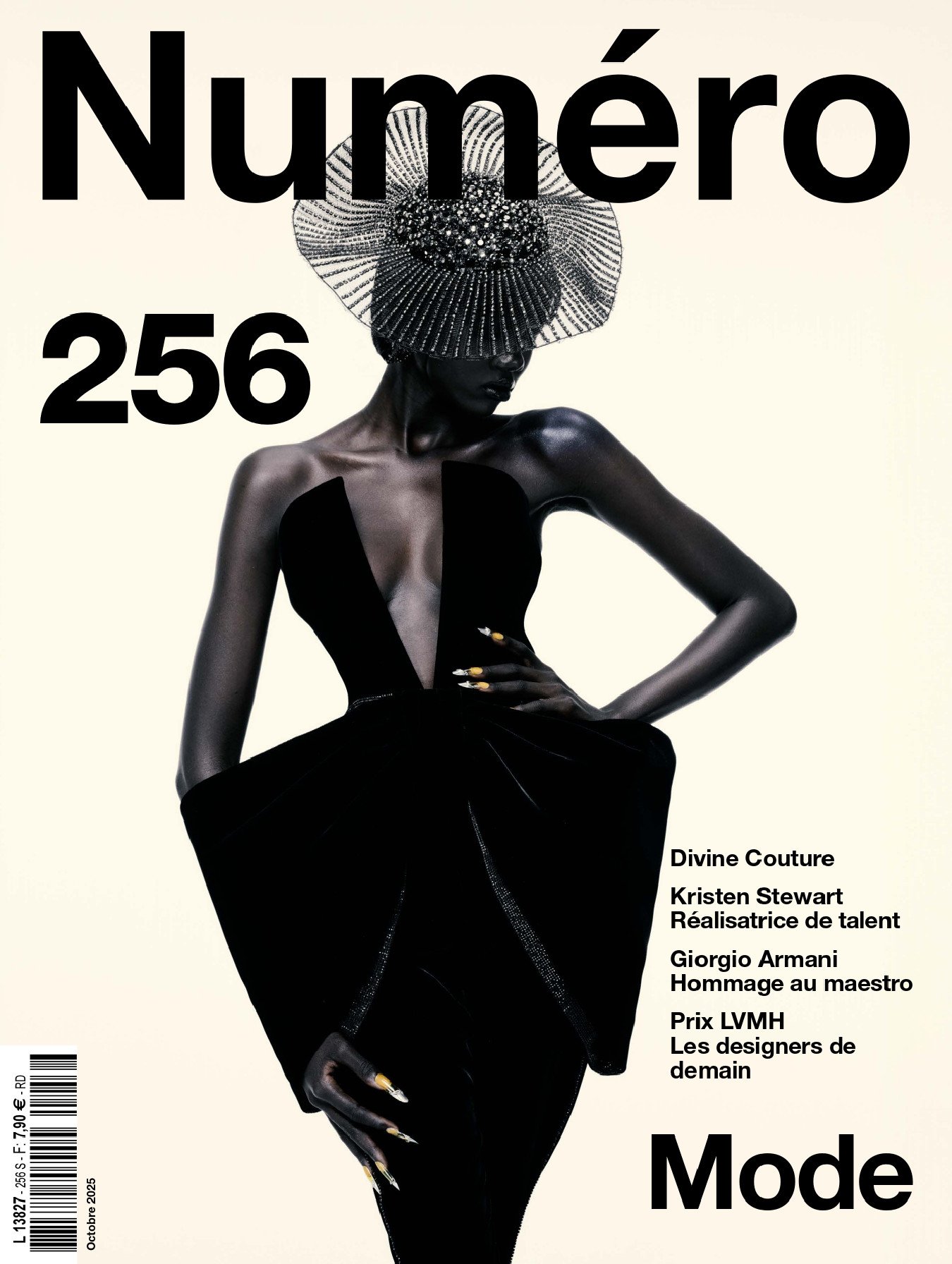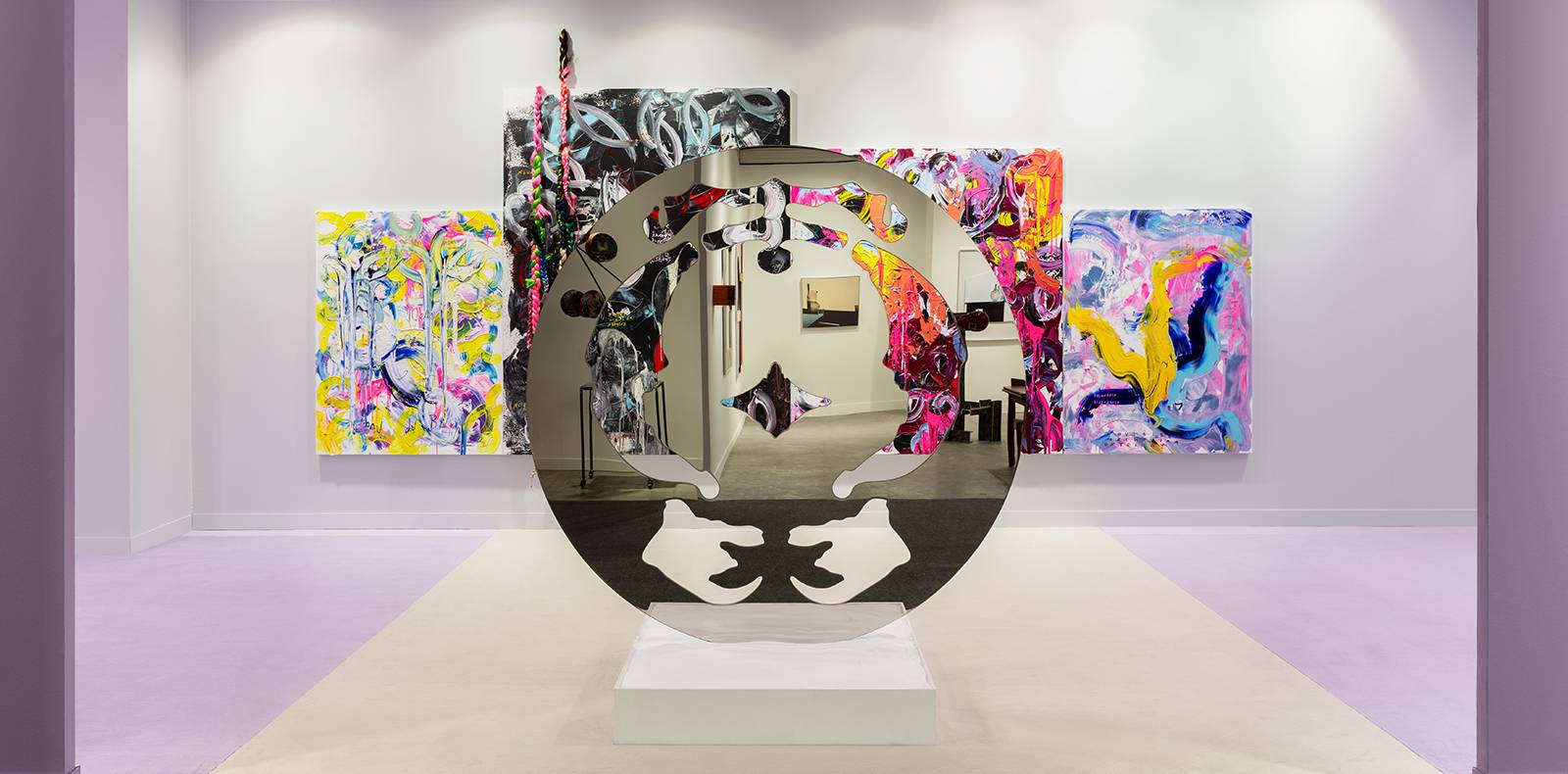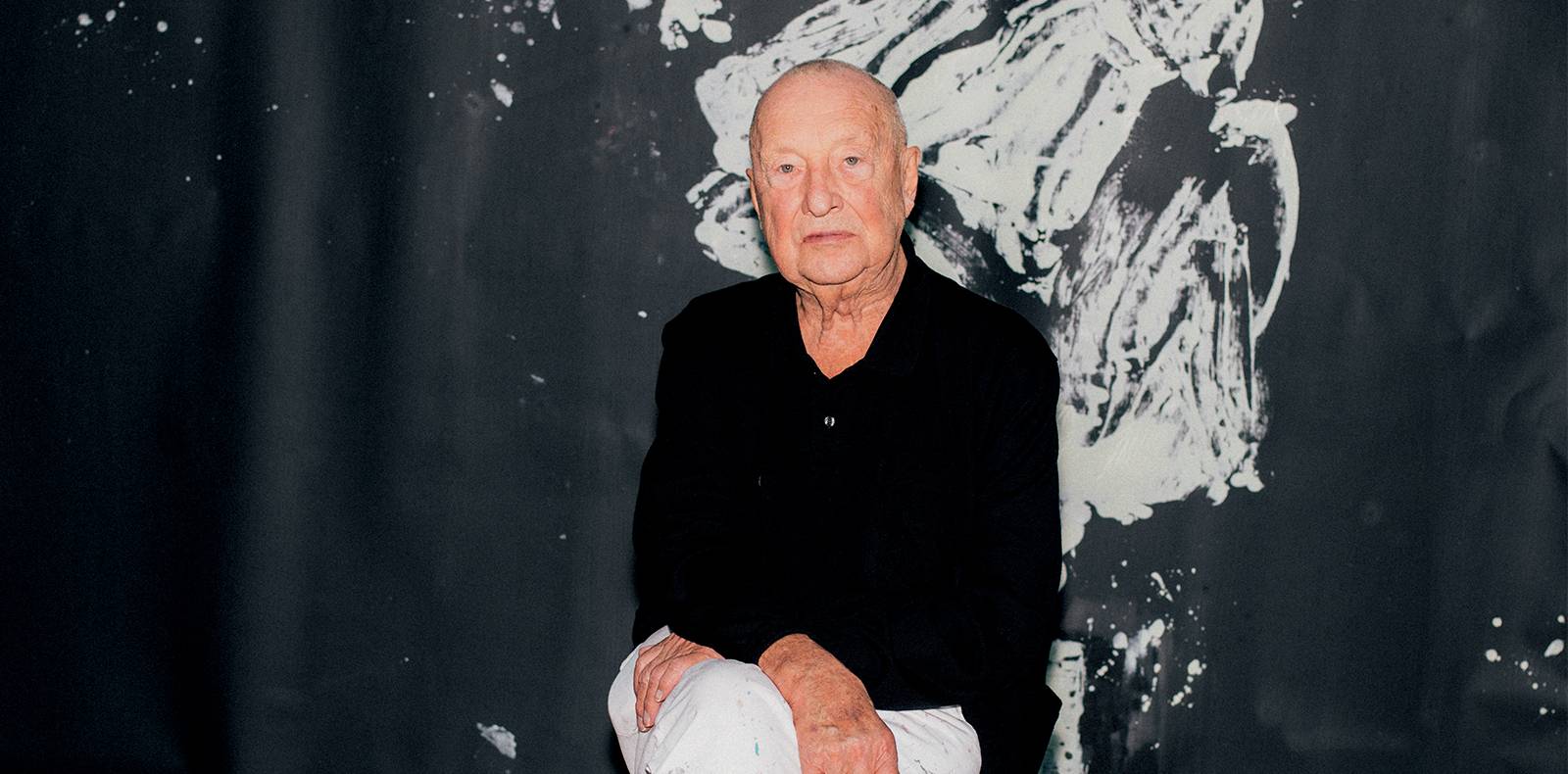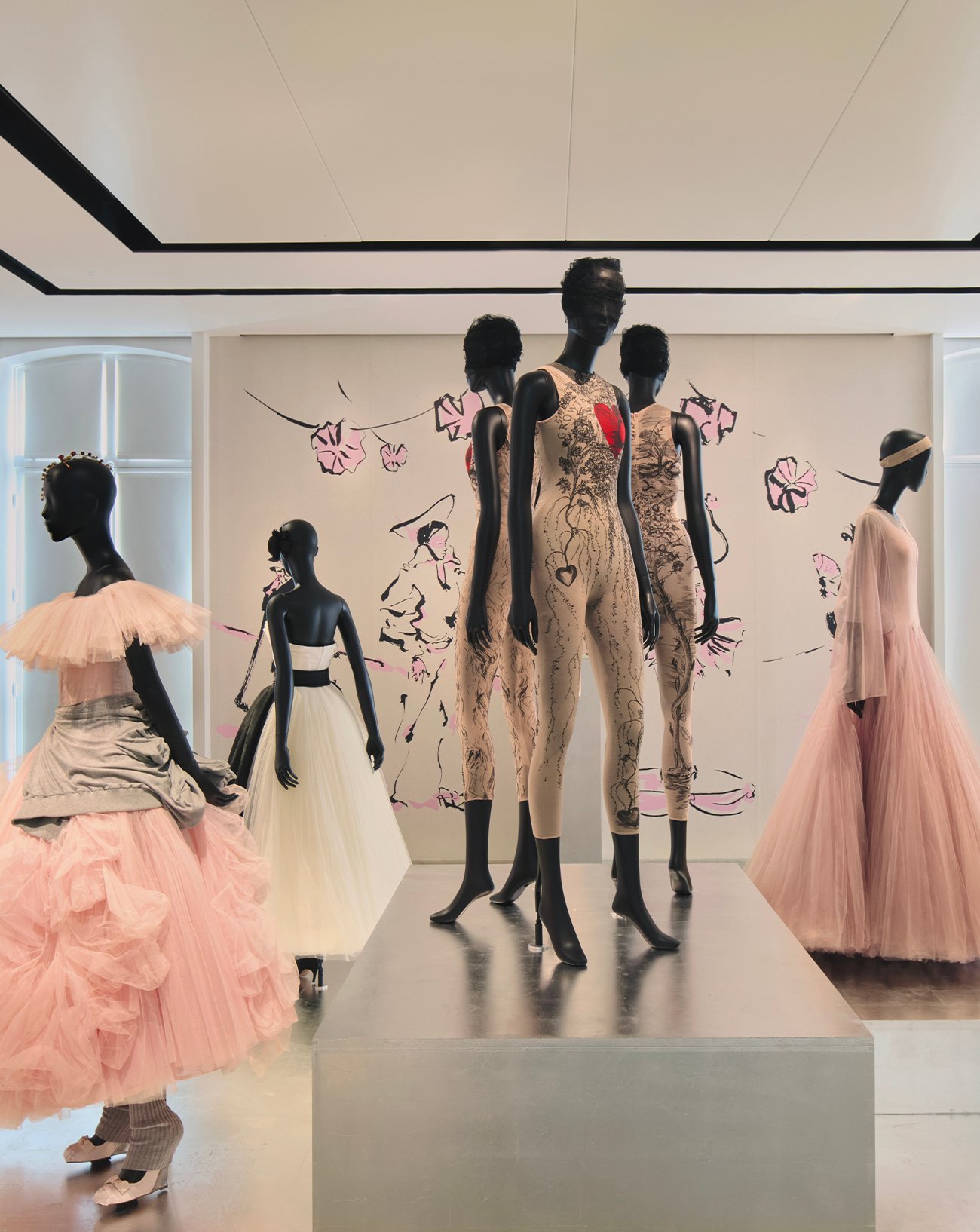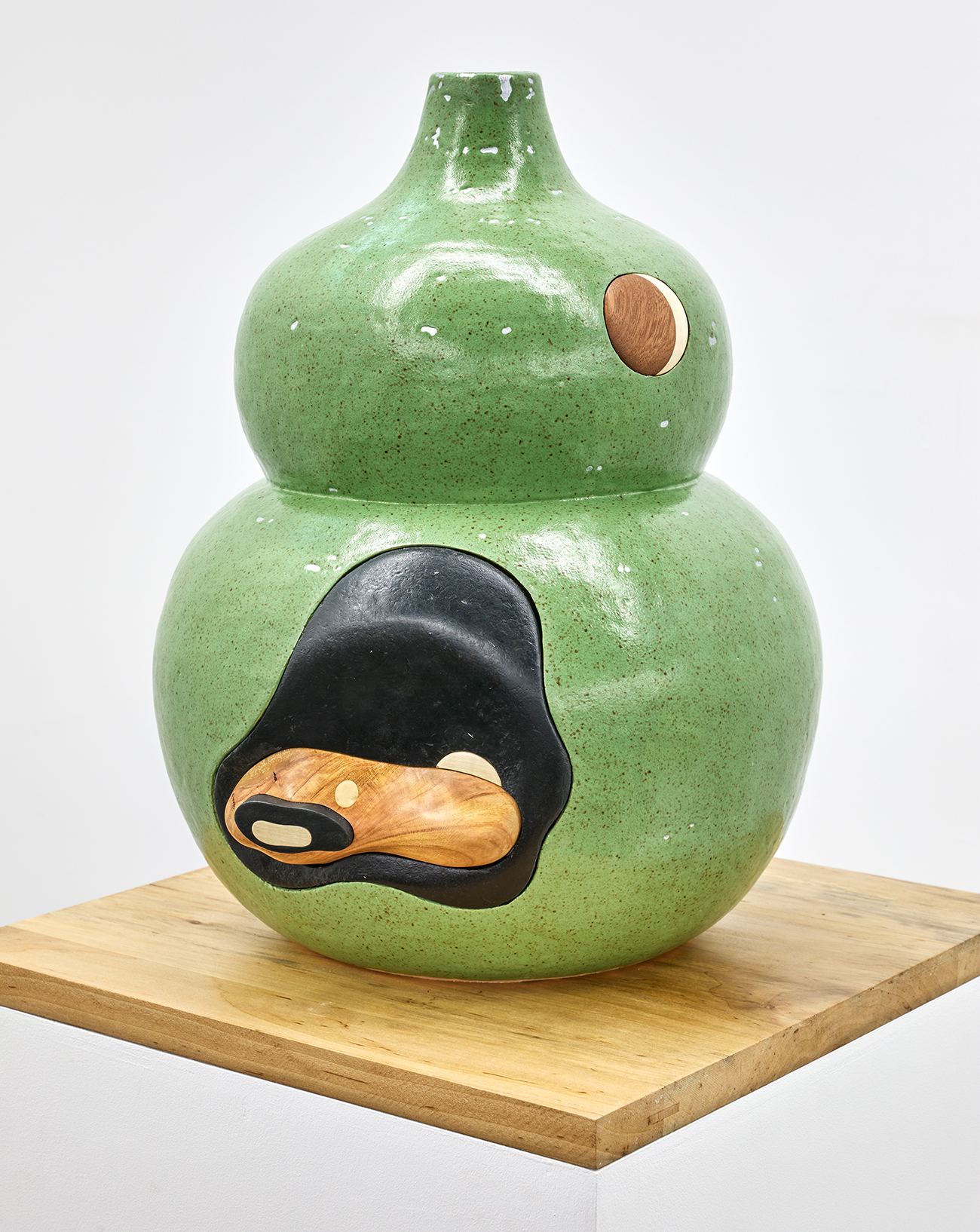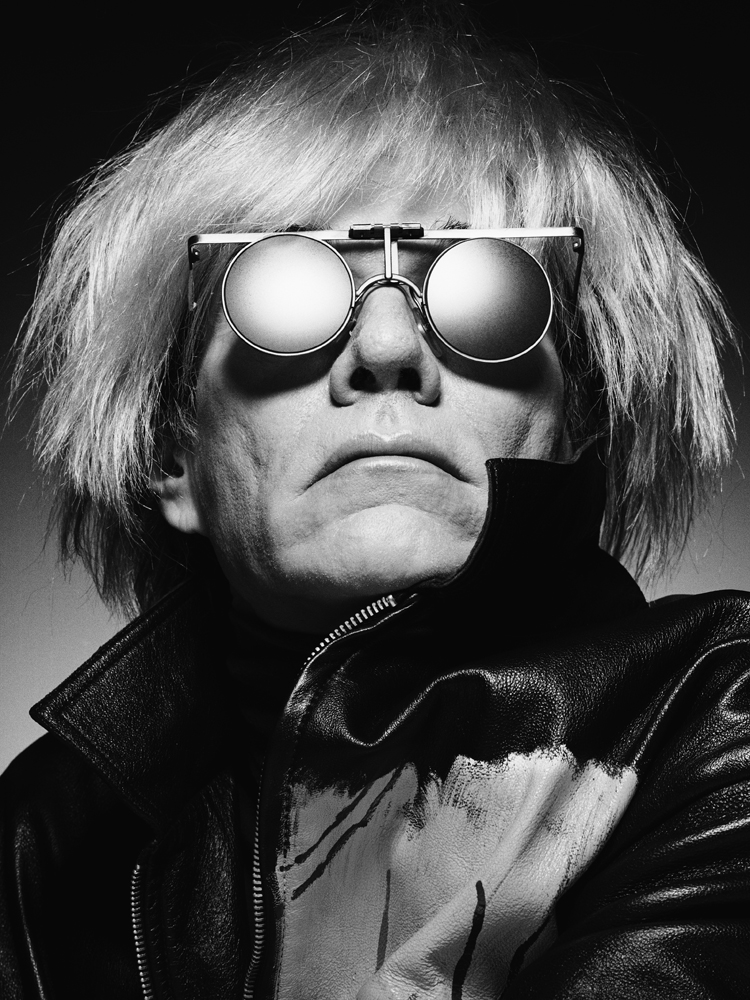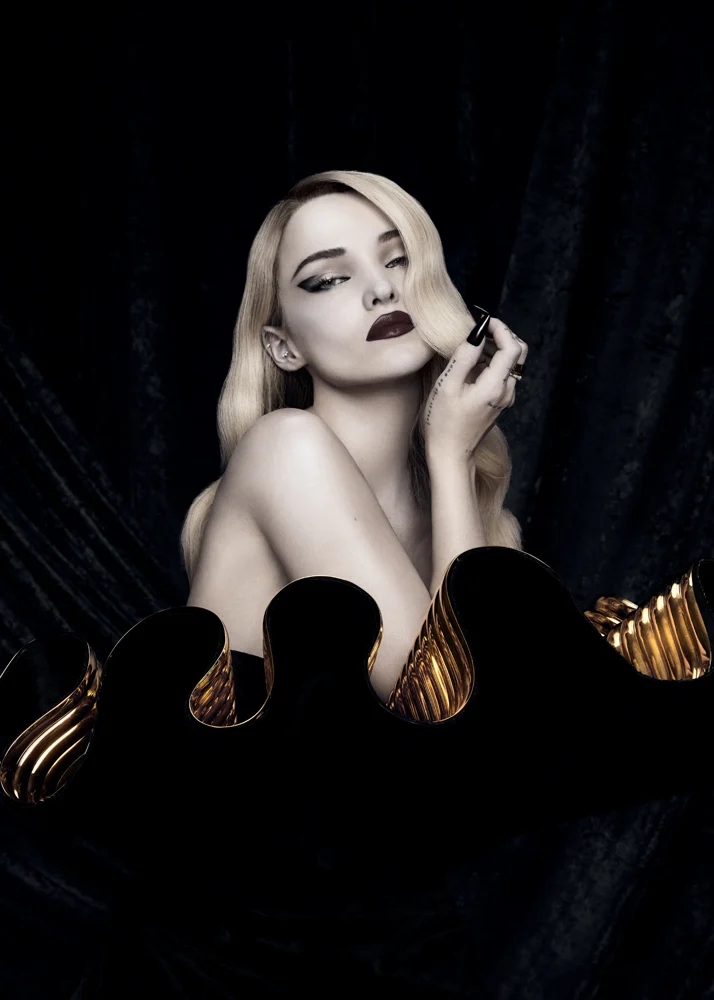
10

10
Ernesto Neto at the Grand Palais: 3 things to know about the Brazilian artist
Until July 25th, 2025, Ernesto Neto is taking over the nave of the Grand Palais with his immense, fragrant, sinuous textile sculptures. This new monumental and multisensory creation plunges us into his universe filled with mysticism…
By Jordan Bako,
and Camille Bois-Martin.
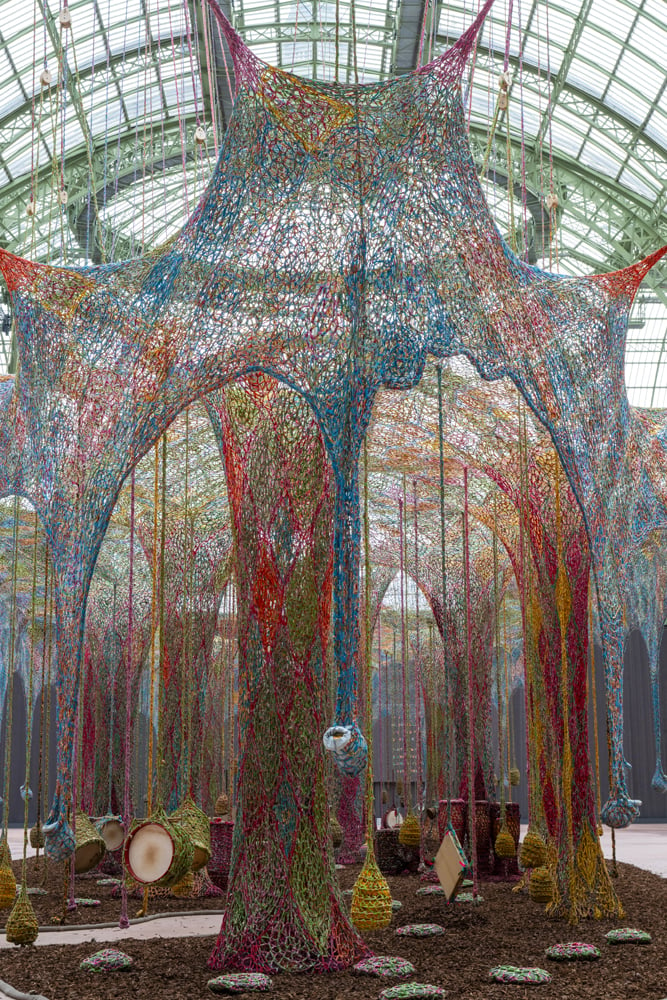
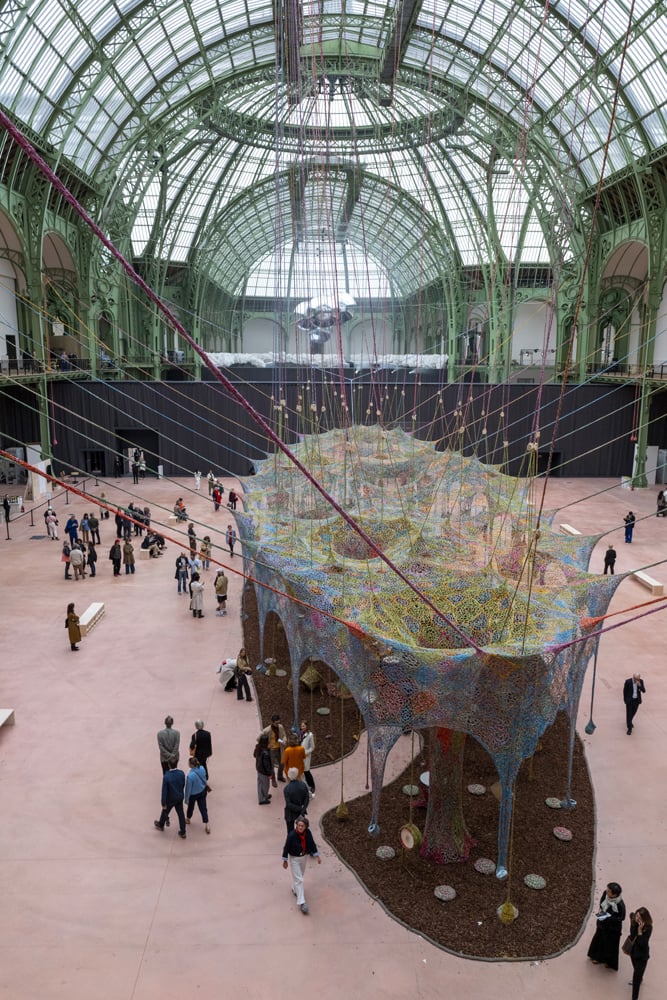
1. Ernesto Neto unveils a monumental crochet installation at the Grand Palais
Following the hundreds of red threads from Japanese artist Chiharu Shiota earlier in 2025, the Grand Palais now welcomes another monumental textile installation. Under the freshly restored right side of the nave, Ernesto Neto’s multicolored crochet structure contrasts with the wrought iron columns from which it is hung.
As long as they take off their shoes, visitors are invited to enter this curious, scented atmosphere and walk through it. The artwork recalls another one that the Brazilian artist installed between the iconic staircases at Le Bon Marché in Paris last January.
The pieces of bark, earth, and spices sewn into the threads release scents that form a sensory pathway emblematic of Ernesto Neto’s work. As suggested by its title Nosso Barco Tambor Terra, the installation resembles a large boat. It required over 5,000 meters of chintz (a Brazilian cotton fabric) in order to complete the entire work, composed of drums hidden under the stream of colorful fabric, which anyone can use to play their own melody.
Bags of rice, corn, and beans trapped in netting are scattered throughout this immersive artwork. Visitors are also invited to sit for a moment on small cushions placed here and there, thus creating a universal and unifying experience that aligns with the core themes of Ernesto Neto’s practice.
Among the largest installations ever created by the Brazilian artist, this piece reconnects with the early works that made him successful in the late 1990s, from the rectangular suspension Navedenga (1998) to the ovoid sculptures The Ovaloids Meeting (1998).

2. His initiation to Ayahuasca has forever changed his relationship with nature and the sacred
In the early 2010s, Ernesto Neto began forging a close bond with the Huni Kuin people, an Indigenous Brazilian community living near the border of the country. They introduced the artist to their botanical knowledge, healing rituals, and spiritual practices. With them, Ernesto Neto was initiated into the use of ayahuasca – a hallucinogenic brew made from vines of a native plant, used to experience a mystical, trance-like state.
Although the artist had long been fascinated by mythologies, as seen with his Leviathan Thot installation at the Paris Panthéon in 2006, this unique experience profoundly altered his artistic practice. His creative universe gradually became infused with the vivid colored glimpses he had during what he described as a spiritual journey.
Traces of this trance-like state could be noticed at the 2017 Venice Biennale, where Ernesto Neto took over the Pavilion of Shamans. Titled A Sacred Space, his installation looked like a Cupixawa tent, a traditional Indigenous gathering space used for spiritual and political meetings. Multicolored and crocheted, the woven meshes of the artwork appeared as eyes staring back at the viewer.
3. One of his textile works required over 500 kilograms of spices
In 2018, Ernesto Neto created a monumental sculpture titled GaiaMotherLand for the Zurich central train station in Switzerland. Towering over the space, the piece reached nearly 20 meters in height. Made of multicolored cotton ribbons hand-knotted together, it contained more than 500 kilograms of spices. Pepper, turmeric, and cumin released their intoxicating aromas into the public space.
The structure, which required 10,220 meters of cotton fabric and several weeks of labor, loomed over the station. The ground-level installation was anchored by 840 kilos of soil, while the spices floated above, supported solely by counterweights suspended from the train station’s metal beams. Presented by the Beyeler Foundation, the piece held together solely thanks to this tension-based balance.
Just like artists Tomás Saraceno and Chiharu Shiota, Ernesto Neto aims to create multisensory experiences. Ones that break the invisible, yet palpable, and barriers that traditionally separate viewers from the artwork. Whether it’s at the train station in Zurich or at the Grand Palais, visitors are invited to immerse themselves fully into the artworks originally crafted in his studio in his native city. They are taking the time to remove their shoes, brush against and touch the artist’s handwoven structures and sniff their rich fragrances. In Paris, one can enjoy the careful blend of bark and spices that completes the sensory immersion in this monumental installation.
“Ernesto Neto. Nosso Barco Tambor Terra,” exhibition open until July 25th, 2025, at the Grand Palais, Paris 8th.
